Smart Onion Cultivation in April: A Practical Guide for Small Home Gardens
AssalamuAlaikum & Greetings Everyone!
AssalamuAlaikum & Greetings Everyone!
Onion is an important vegetable that is cultivated worldwide. This is the main component of our daily diet. If it is cultivated properly, good yields are produced. In this post, we will explain the complete method of preparation of land for onion crop, the use of dry dung fertilizer, making soil with help of hoe, transplant of seeding, and watering in simple language so that new farmers and learners can easily understand it.
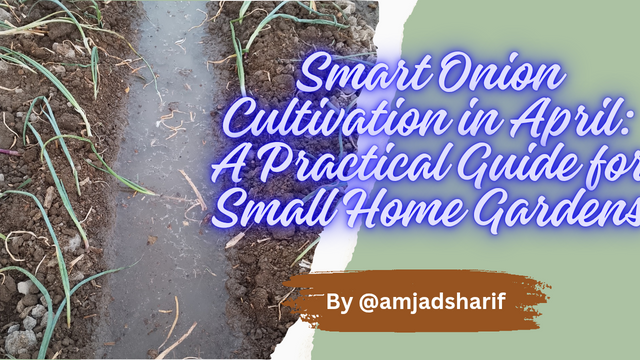 Canva Design by amjadsharif
Canva Design by amjadsharifChoosing the Right Land and Timing
For onion cultivation, a land is suitable that has soft, fertile and good drainage capacity. Randy or dilapidated soil is considered excellent. If the soil pH level is between 6 and 7.5, there are better results. Onion seeding is usually transplant between October and December but I tried to experiment in the month of April.
Preparation of Soil with Kasi ( Hoe )
There is a indigenous agricultural device used for digging, loosening, and dwelling. It is very important to prepare the soil well for the onion crop so that the roots of the plants can easily be rooted in the soil.
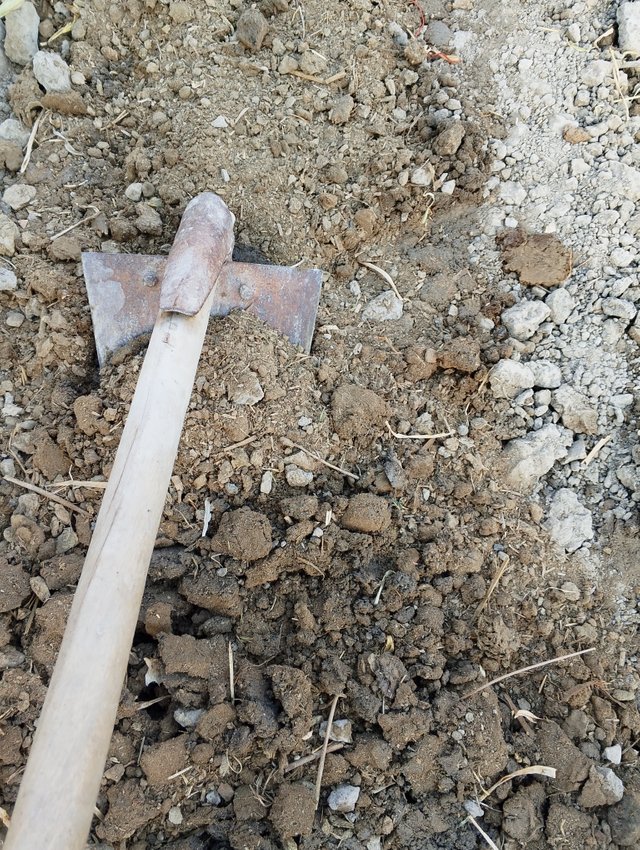
First Step: Dig from someone 6 to 8 inches deep. It softens the soil and the roots easily flourish.
Second Step: After leaving the sun in the sun for 2 to 3 days, dig again the soil so that the hard piles are broken and the grass will fall.
Equalizing the Earth: Finally, smooth the earth with a wood or light tools.
This process should be completed at least 10 days before moving seeding so that the soil can breathe well and reduce the chances of diseases.
Application of Organic Fertilizer (Dry Cow Dung)
Earth requires organic nutrition for good production of onions. Chemical fertilizers give timely advantage but cause long -term damage to the earth. Dry dung is a natural and effective fertilizer that increases the fertility of the earth.
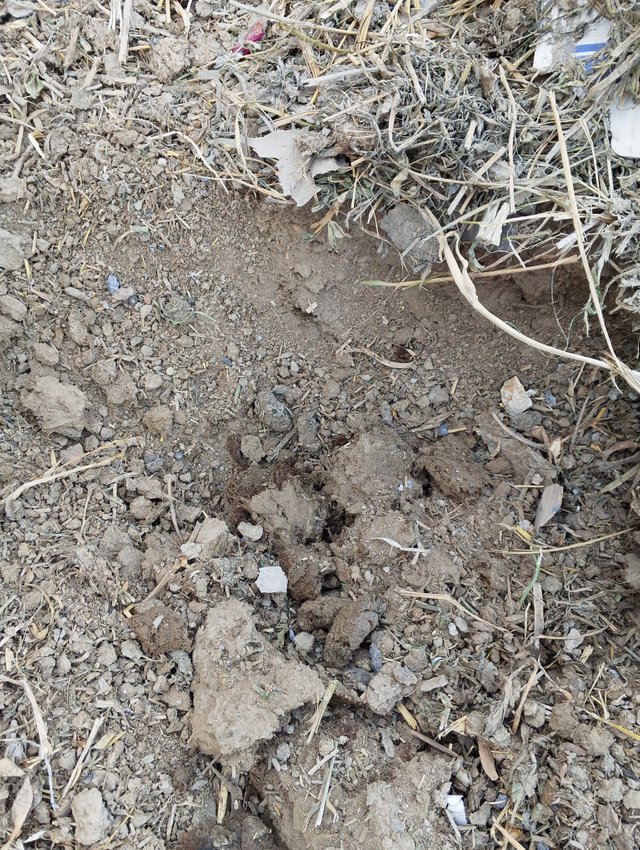 | 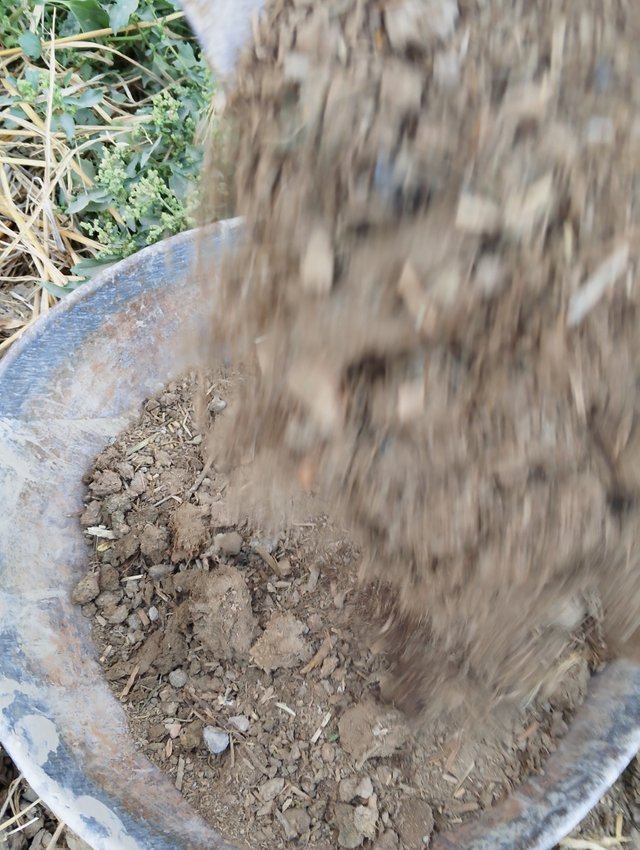 |
|---|
Collecting dung: collect a cow dung and dry it for 2 to 3 weeks in the sun so that moisture and odor eliminates it.
Method of Use: Use about 20 to 25 dried dung for an acre of ground.
Mixing in the Soil: Mix the dung well into the soil with the help of hoe so that nutrition can reach the roots.
This method improves the structure of the earth and provides natural help in crop development.
Making Planting Beds or Raised Ridges
After the earth is ready, it is necessary to make the cavities so that the plants get the right place and the water. Perform the following ways of making the cavities:
Width: The width of each cervical should be 1.5 to 2 feet so that the water in the middle is easily flowed and facilitating the care of the plants.
Height: Keep the height of the creek up to 6 inches so that the water does not stand.
Length: The length can be kept according to the length of the soil, but it is better to make small long cavities so that water is eased and ease.
Use the hand or wood to make the cucumbers so that the surface is smooth and in order.
Transplanting Onion Seedlings
Transfer of cheese is a very important step for the success of the crop. If this is not done carefully, the plants can be weak.
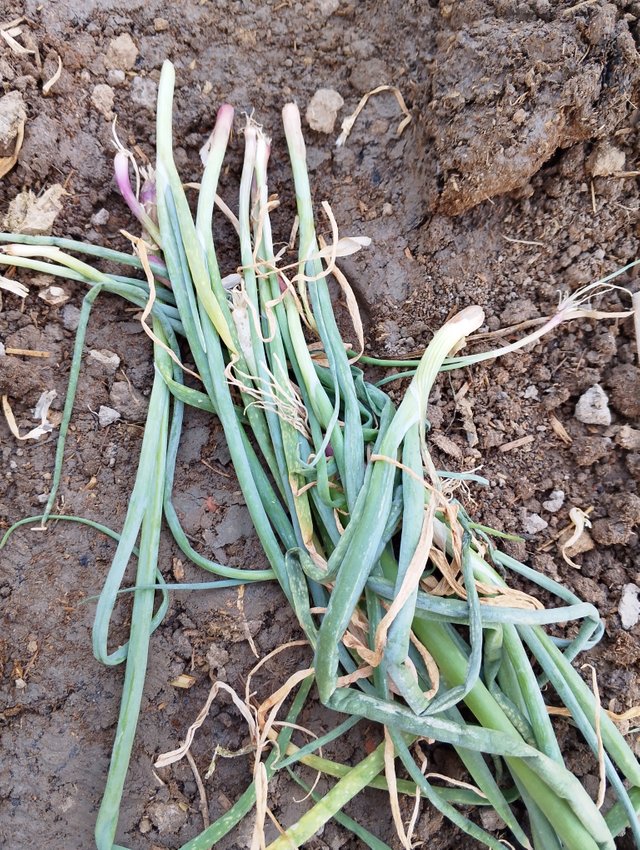 | 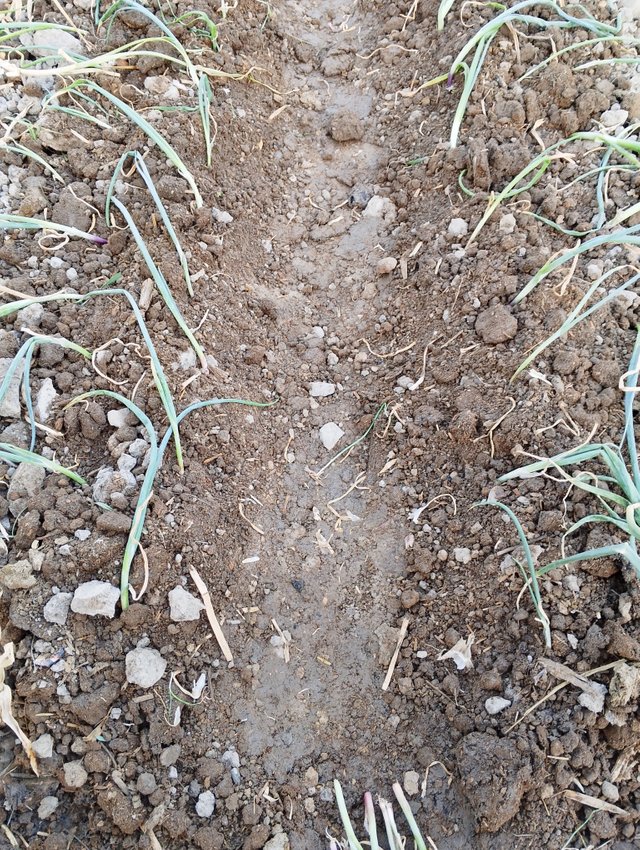 | 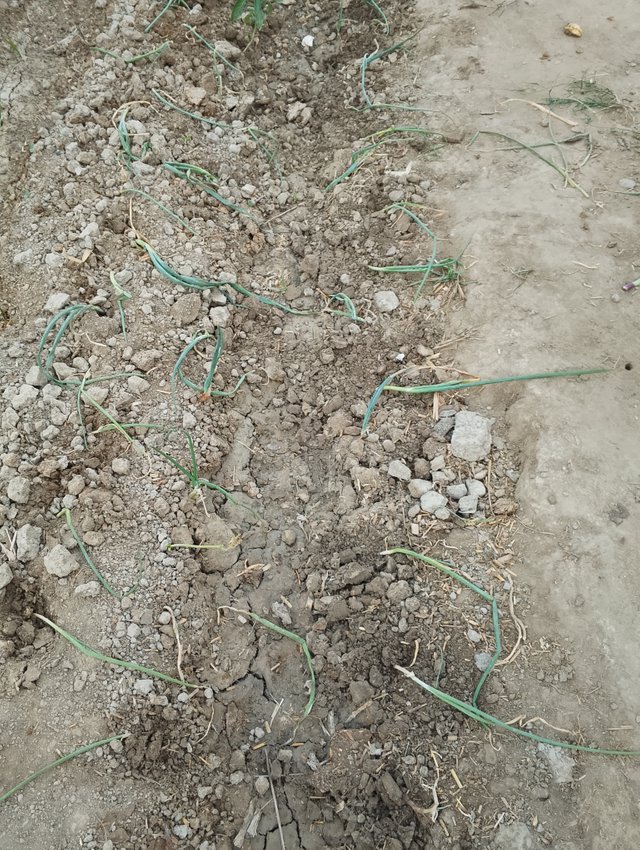 |
|---|
Age of Onion Seeding: The cheese is 35 to 40 days old, with a length of 6 to 8 inches and has 3 to 4 leaves.
Treatment of Roots: Soak the roots of the cheese for 15 minutes in semi -water or cow's urine to prevent diseases.
Transfer Method Keep 4 to 5 inches away between each plant and keep a distance of 8 to 10 inches between rows.
Depth of plant or Roots: Apply the plant about 1 to 1.5 inches deep.
Time To Transplant: Transplant seedlings evening or early in the morning so that the plants are not affected by the heat of the sun.
When planting, be careful not to bow down, otherwise the onion lumps will not be correct.
First Watering After Transplantation
It is very important to give water immediately after transplant the seedlings so that the plants can frose to the ground.
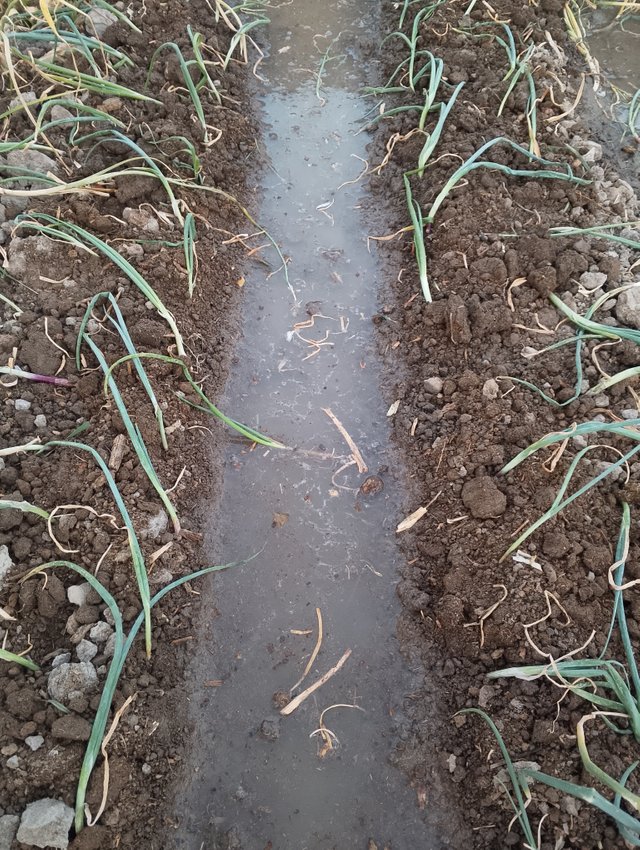
Depth of Water: Give the water so that it is absorbed in the soil for 4 to 6 inches deep.
Method of Watering: Give water in the cavities through the drains so that the plants do not move.
Number of Watering in a Week: Give water every two days in the first week. After that, it is sufficient to give water every 5 to 7 days, according to the moisture of the soil.
More water can swallow, while low water can die, so proper balance is essential.
Observation After Transplant
Goodness and grass extraction: After 15 days of transition, do the first weeding and remove the grass every two weeks.
Protect from Pests: Spray semi -oil or indigenous pesticides so that the crop is safe.
Malching: If possible, cover the ground with dry grass or crop remains so that moisture is maintained.
Conclusion
For the successful crop of onions, the correct preparation of the soil, the use of dung, the use of dry dung, the making of cucumbers, the transfer of cheese and proper water are the main factors. If all these stages are done hard and consciously, the farmer not only gets good yields but also has a natural farming to enjoy a natural farming. This is a complete guidance for new learners, by which they can successfully cultivate onions.
Thank you

"I would like to understand whether agricultural topics, like onion cultivation in a home garden, are not considered important on the Steem platform? Or is it just that the topics I write about are being seen as less important? I wrote this post with the intention of sharing knowledge and teaching others how to grow something easily at home.
"My goal is to share easy advice for home gardening. If topics like this don’t fit with the platform or team’s preferences, I’d appreciate some feedback. This will help me improve my content in the future." I am still in the learning process and want to ensure that whatever I write meets the community's standards. Your guidance will be very helpful for me to improve and contribute more effectively or leave it. Thank you in advance for your support."
Cc: @steemcurator01 & @steemcurator02
You need the support of the community - that is other Steemians, not Steemit.
There is a Gardening Community, and other keen gardeners on Steem.
You need to reach out and find them.
I think better option is write a simple diary game instead of agriculture learning projects.
https://x.com/AmjadSharifWat1/status/1909263393824907594?s=19
Thank you @abdullahw2
Hi, @amjadsharif,
Your post has been manually curated!